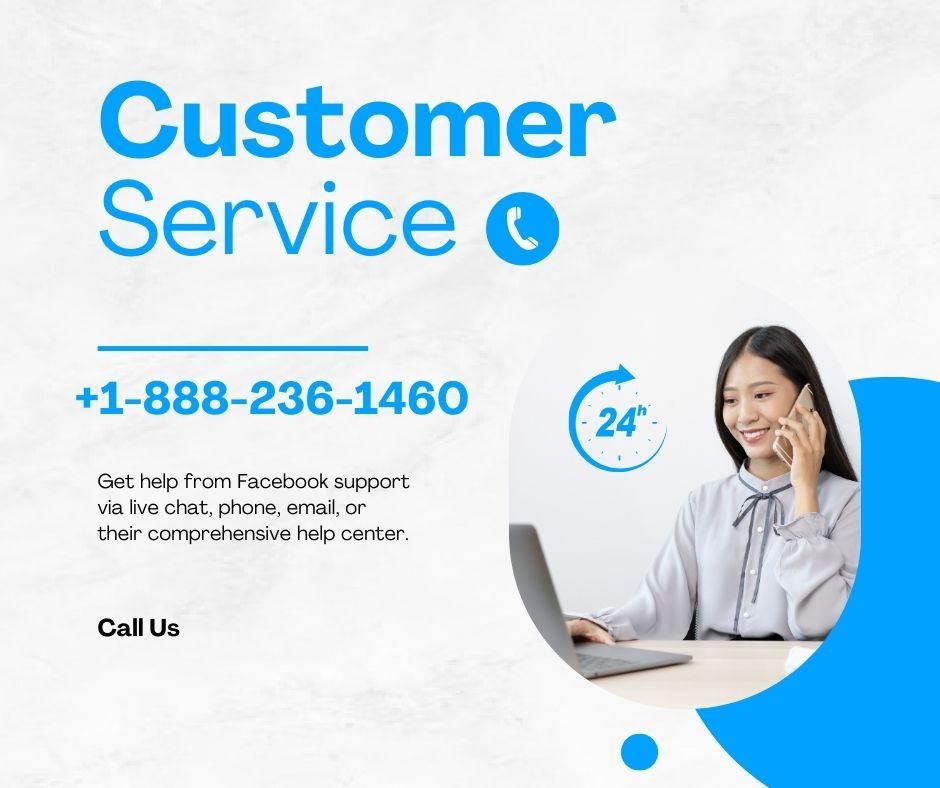Campus Management Software vs. Traditional Administration: ROI for Universities

Introduction
Universities in the UK are under increasing pressure to deliver efficient services while managing rising costs and student expectations. Traditional administrative methods, which rely heavily on paper records and manual processes, often slow down operations and create errors. In contrast, digital systems provide faster, more reliable solutions that directly impact institutional performance.
This makes the comparison between Campus Management System Software and traditional administration essential for decision-makers. By examining costs, efficiency, and measurable outcomes, institutions can see how modern systems provide a stronger return on investment (ROI).
The Costs of Traditional Administration
Traditional systems depend on manual record-keeping, spreadsheets, and disconnected databases. This approach not only consumes staff time but also increases operational expenses.
-
Labour-intensive tasks: Processing applications, creating timetables, and generating reports take hours of staff effort.
-
Paper and storage costs: Filing cabinets, printing, and physical storage space add hidden expenses.
-
Errors and delays: Mistakes in manual data entry can lead to compliance breaches, delayed payments, and frustrated students.
Over time, these inefficiencies create both financial and reputational costs that weaken a university’s competitiveness. A department may save money by avoiding technology adoption, but the cumulative costs of wasted time and resources far exceed any initial savings.
Hidden Costs of Manual Systems
Beyond visible expenses, traditional administration carries several hidden costs. Staff overtime often rises during peak seasons such as admissions or exams. Rework due to data errors wastes additional time, while the risk of non-compliance with GDPR can expose universities to significant fines.
Another hidden cost lies in student dissatisfaction. Long queues, slow responses, and misplaced documents reduce trust in the institution. Dissatisfied students are less likely to recommend the university or remain engaged after graduation, weakening alumni networks and potential funding opportunities.
The ROI of Campus Management System Software
A digital solution consolidates multiple processes into one centralised platform, saving time and resources while improving accuracy. The ROI becomes clear when comparing direct savings and long-term benefits.
-
Reduced administrative workload: Automated processes free staff to focus on academic support and strategic planning.
-
Lower operational costs: Paperless systems cut printing and storage expenses.
-
Improved compliance: Built-in GDPR features minimise risk of fines and data breaches.
-
Faster student services: Online payments, mobile access, and automated communication enhance satisfaction and retention.
Every pound saved on administration can be redirected to teaching, research, and student engagement. Over time, universities that adopt Campus Management System Software achieve lower operating costs and greater adaptability.
Efficiency Gains with Modern Systems
The time saved by digital tools is significant. For example, online applications can be processed instantly, and timetables generated automatically. Staff no longer need to spend days reconciling records across departments.
Campus Management System Software ensures information flows seamlessly between admissions, finance, and academic departments. This integration not only reduces duplication but also eliminates bottlenecks. In practice, universities can scale operations without hiring additional staff, achieving greater efficiency with existing resources.
Case-Study Style Comparison
Consider two mid-sized universities in the UK:
-
University A (traditional approach): Staff spend weeks managing admissions manually. Payment queues are long, students frequently complain about lost documents, and compliance reports take months to prepare. Annual hidden costs for printing, storage, and overtime exceed expectations.
-
University B (digital approach): With Campus Management System Software, admissions are automated, students pay fees online, and compliance reports are generated with a few clicks. Staff focus on student support rather than paperwork, and student satisfaction scores rise each year.
The measurable outcomes for University B include reduced operational costs, higher student retention, and stronger international recruitment due to a smoother digital experience. Over a five-year period, the financial savings from automation cover the initial investment several times over, proving the strong ROI of modern systems.
Long-Term Strategic Benefits
ROI is not only about cost savings; it also includes opportunities for growth. Modern systems provide analytics that help universities make better decisions. By tracking enrolment trends, student performance, and financial data, leaders can adjust strategies proactively.
This data-driven approach gives institutions an edge in a highly competitive market. With the right tools, universities can attract international students, adapt to hybrid learning models, and demonstrate accountability to regulators and stakeholders. Moreover, scalability ensures the software grows with the institution, protecting the investment for years to come.
The Risk of Standing Still
While some universities hesitate to adopt new systems due to upfront costs, the risk of inaction is greater. Manual processes lead to inefficiency, staff burnout, and negative student experiences. Over time, institutions that fail to modernise lose their competitive edge both nationally and internationally.
For students comparing universities, ease of access to services is a deciding factor. Institutions that continue with traditional methods may lose applicants to competitors offering seamless, technology-driven experiences.
The Future of ROI in Higher Education
Return on investment in higher education is no longer measured only in financial terms. It also includes student satisfaction, staff productivity, and institutional reputation. Universities that adopt Campus Management System Software align themselves with global standards, making them more appealing to international students.
As government funding becomes tighter, efficiency will be even more critical. Institutions with modern systems will demonstrate accountability more effectively, secure funding more easily, and maintain a competitive advantage.
Conclusion
The comparison between Campus Management System Software and traditional administration makes one fact clear: digital systems deliver far greater ROI. By reducing costs, improving efficiency, and enhancing student outcomes, they provide universities with a strategic advantage.
Just as seo nottingham strategies help businesses improve visibility, universities need systems that provide measurable benefits. Working with an seo agency nottingham or a reliable seo company nottingham demonstrates the importance of selecting partners who deliver results. Similarly, seo services in nottingham and nottingham seo campaigns show how consistent investment builds long-term success. For universities, adopting modern management software provides the same—ensuring compliance, efficiency, and stronger returns on every investment made.







